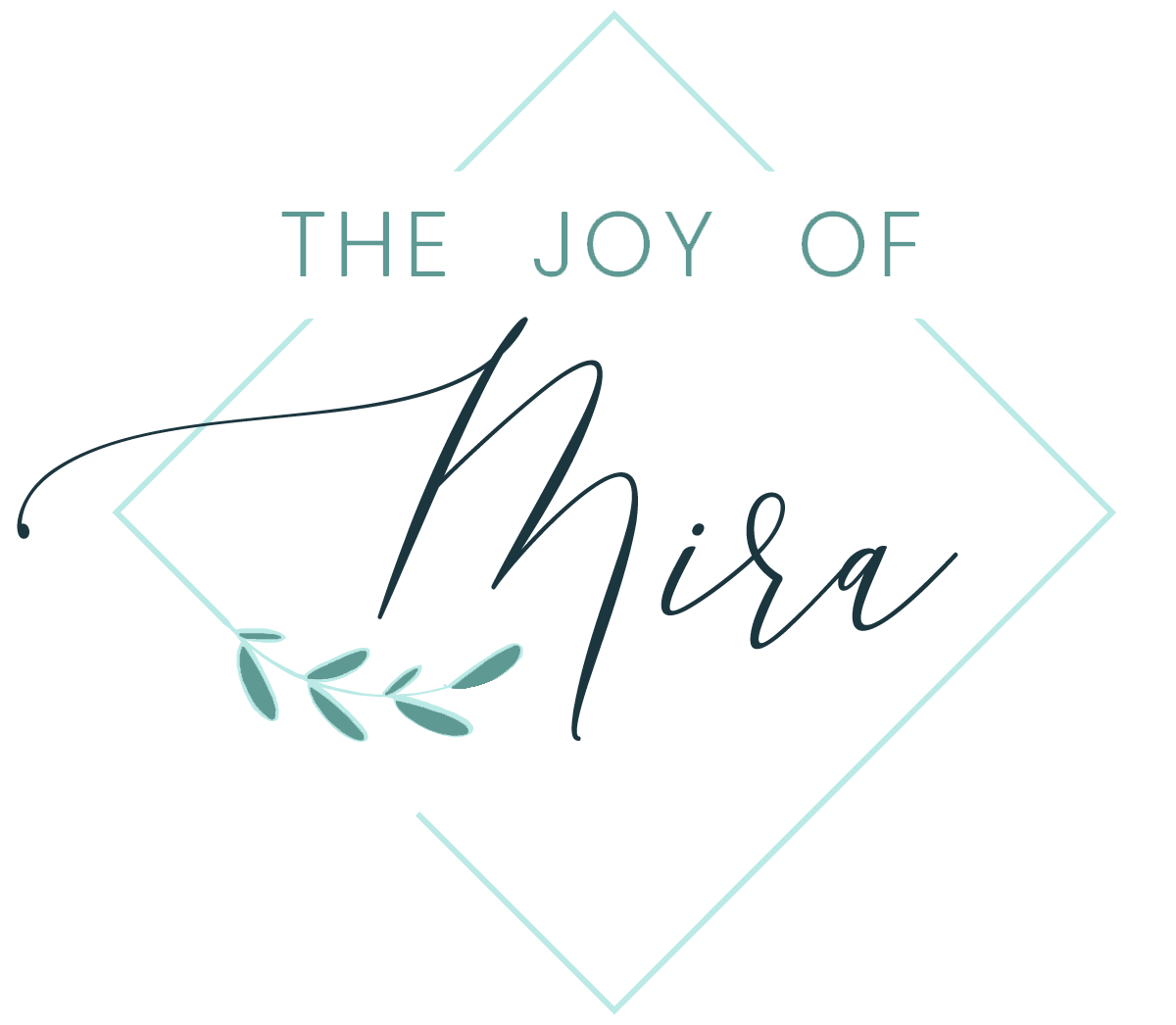The ABC's of Dwarfism
A is for Achondroplasia. Mira was born with a form of skeletal dysplasia called Achondroplasia, pronounced [ey-kon-druh-pley-zhuh]. It is the most common form of dwarfism.
B is for Bones. Mira’s “long bones” are affected by her achondroplasia. Her torso is average length, but her thighs (femur bones) and upper arms (humerus bones) are visibly much shorter than other children her age.
C is for Characteristics. Features of achondroplasia include an average-size trunk, short arms and legs, limited range of motion at the elbows, and an enlarged head with a prominent forehead.
D is for Delaware. The Nemours Hospital for Children in Wilmington is one of the best facilities in the world for skeletal dysplasia diagnosis and treatment. We feel very fortunate to have Mira in the care of this incredible team of doctors and nurses.
E is for Ear Infections. Ear infections are extremely common among children with Achondroplasia because fluid doesn’t drain out as well due to their anatomy.
F is for Flexibility. Achondroplasia causes incredibly flexible joints. The joints of the knee, for example, are capable of extending beyond what would normally be considered their regular stopping point.
G is for Genetics. Most children with achondroplasia (80%) are born to parents of average stature as the result of a change in the gene FGFR3 (a mutation) that causes it to not function properly.
H is for Hi. When your child sees Mira (or anyone that might look different), instead of saying “don’t stare”, teach your children to say “hi” or wave instead. I can assure you; it makes a world of difference for both parties.
I is for Intelligence. Achondroplasia is not an intellectual disability. Most people with dwarfism have typical intelligence.
J is for Joy. Mira is a Joy. That is all.
K is for Kindness. Remember to be kind to those who are different from you.
L is for LPA. Little People of America is a national nonprofit organization that provides support to people of short stature and their families. LPA has more than 6,000 members across the US..
M is for...- The term “midget” is regarded as HIGHLY OFFENSIVE to people with dwarfism. It is outdated and offensive. If you didn’t know that, now you do. Don’t use it. It’s ugly and degrading.
N is for Normal. We stopped using this word when Mira was born. Instead, we use the word average. (ex. We are average height.) There is nothing normal about us or abnormal about Mira.
O is for Obesity. Obesity is a common problem in children and adults of all statures, but especially with skeletal dysplasias like achondroplasia
P is for Philadelphia. Because my pregnancy with Mira was considered high risk, she was delivered at The Children’s Hospital of Philadelphia (CHOP). She was delivered via caesarean section for her safety as well as mine. She was also 10 pounds at birth, so I am grateful for this decision.
Q is for Questions. ALL kids are curious when they see a person who looks different. Your children, like mine, are going to run into many people in their lives who are different from them, and I’ve learned that answering questions when they occur is extremely important.
R is for Rare. 1 in 25,000 babies are born with achondroplasia and there are about 250,000 people in the world with this condition.
S is for Shows. Did you know that since 2006, there have been over 10 shows about little people in the US alone? My hope is that the "trend" of little people on television can lead to a more permanent re-positioning of little people in mainstream society.
T is for Trident Hands. (also called starfish hands) is a characteristic almost exclusive to Achondroplasia and can be seen when the fingers are fully extended. The pinky and ring finger and the index and middle finger sort of diverge, giving the hand a three-pronged, trident appearance somewhat resembling a starfish.
U is for Ultrasound. During my 28-week ultrasound, the technician discovered Mira’s long bone measurements were falling several weeks behind her gestational age, while her head measurements were several weeks ahead, this was the first sign of her diagnosis
V is for Voxzogo. In November of 2021, the FDA approved the first ever treatment for the most common cause of dwarfism. The treatment is a once-daily injection for children 5 and older with achondroplasia whose growth plates are still open, meaning they still have the potential to grow.
W is for World Dwarfism Day. October 25th is World Dwarfism Awareness Day. On this day, people with dwarfism and organizations around the world that support little people and their families unite to promote awareness and show pride.
X is for X-Rays. Mira has had at least 2 a year since she was born. These images are used to detect spinal stenosis and curvature in the legs and back.
Y is for Youthful. Even though kids with achondroplasia look a lot younger, they are the same age as their peers. Treat them that way.
Z is for Zest. Despite the many challenges Mira has faced, she has always charmed us with her larger-than-life personality and unbreakable spirit.

